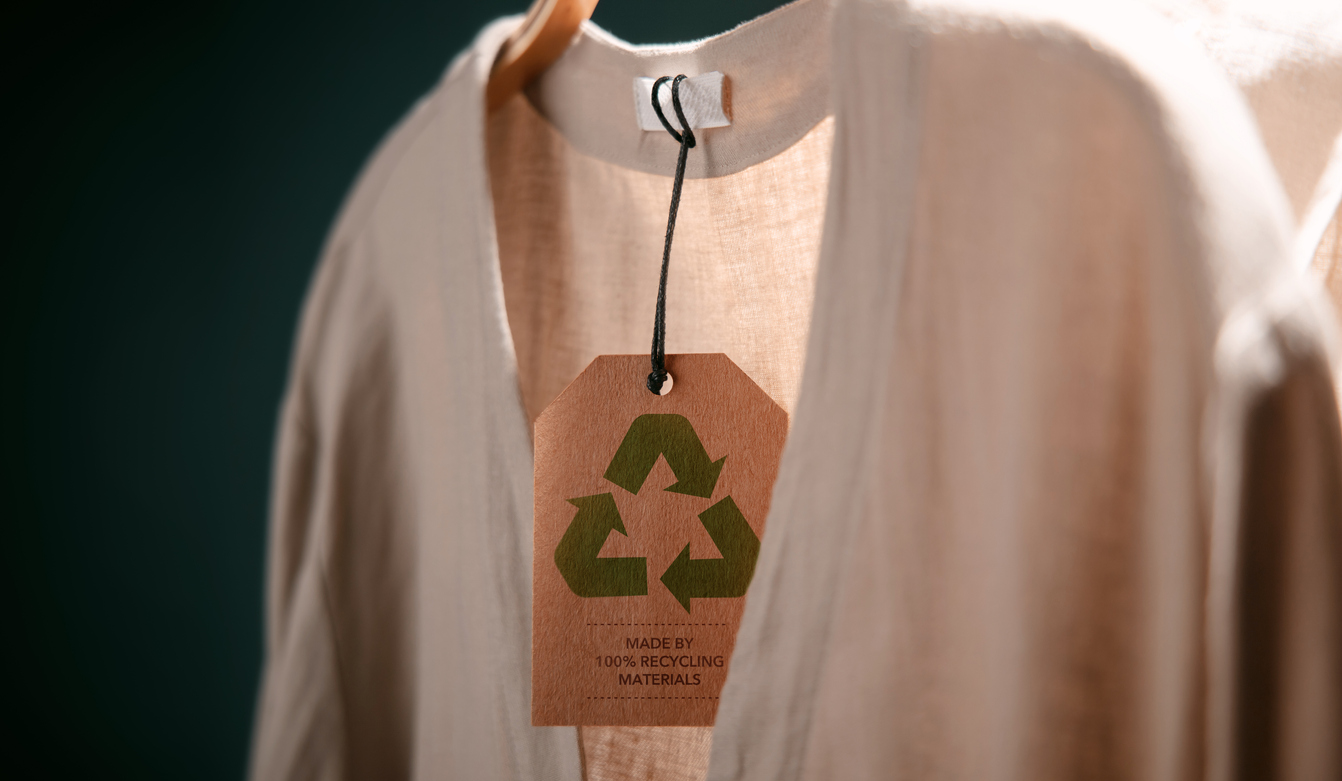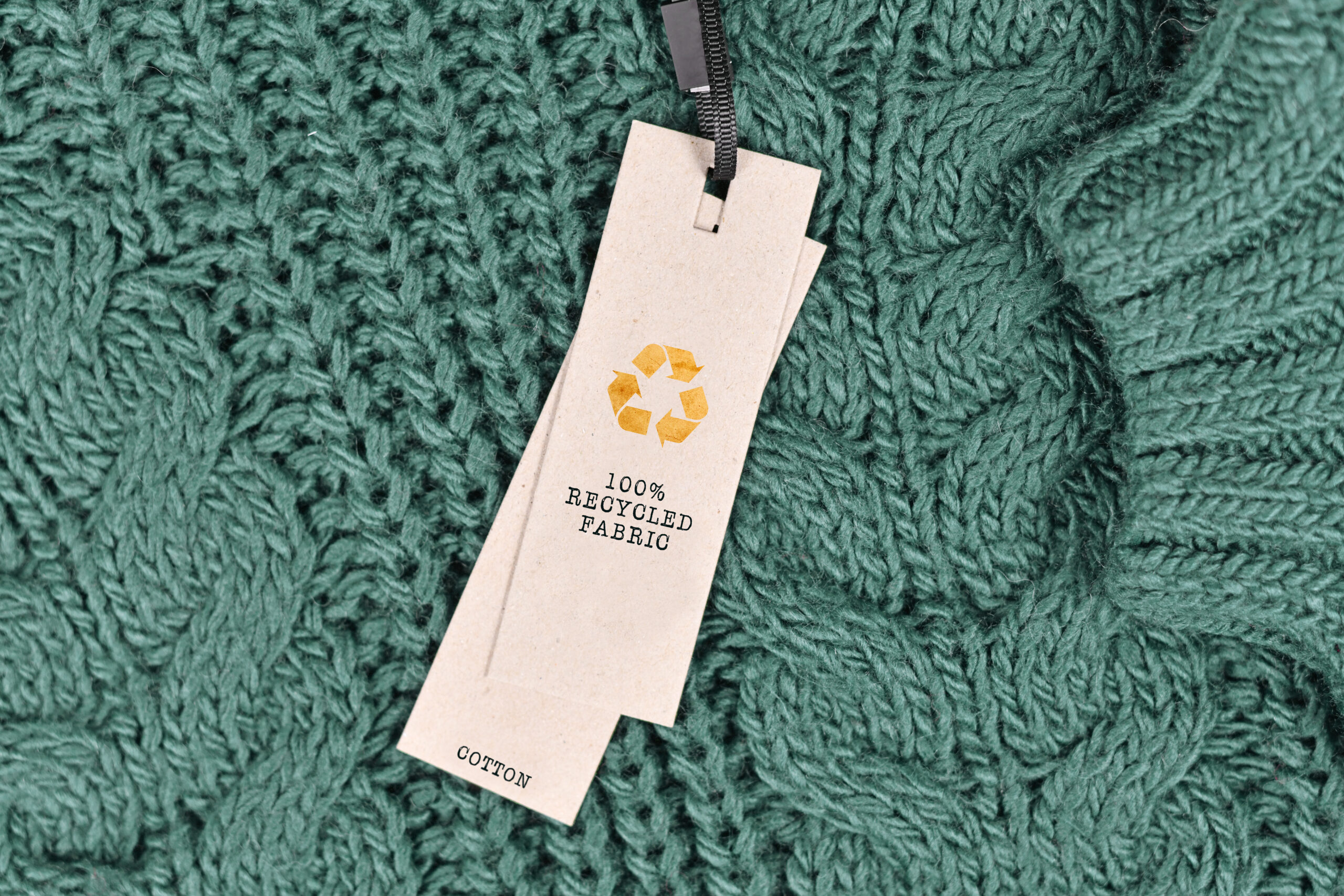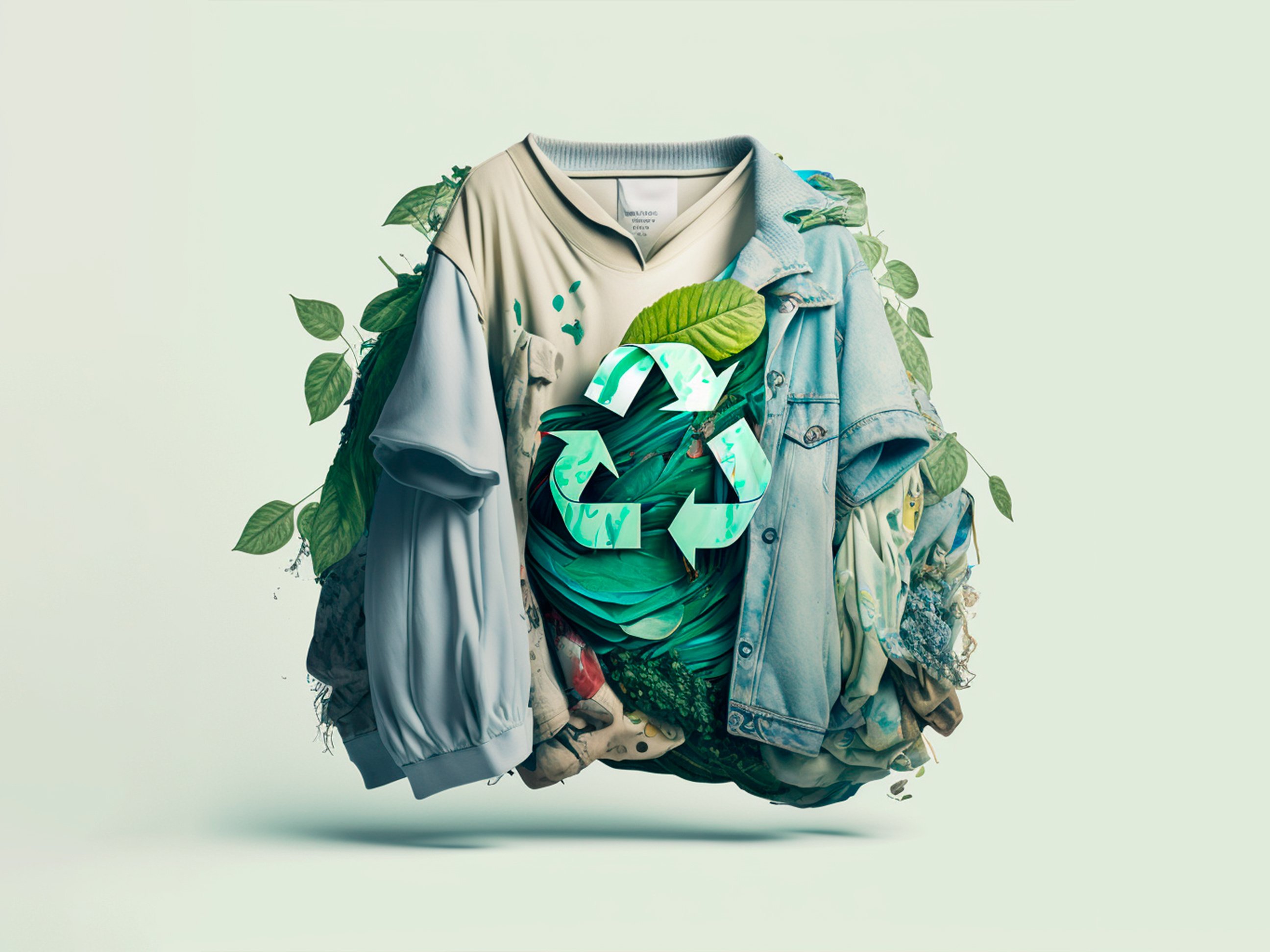The Potential Future of Cape Town Sustainable Fashion in the Global Market
The Potential Future of Cape Town Sustainable Fashion in the Global Market
Blog Article
Keep Ahead of the Contour by Checking Out Innovative Style Patterns
In an industry as dynamic as style, staying ahead involves more than just complying with current trends-- it requires an expedition of development. The convergence of modern technology and fashion proclaims a brand-new age of customer interaction.

Embracing Smart Textiles
In recent times, the apparel industry has experienced a transformative change with the combination of smart fabrics, a sophisticated innovation that mixes technology with textile. This evolution stands for not just a fusion of appearances and functionality however also a substantial jump towards sustainability and customization in style. Smart textiles, additionally referred to as e-textiles, installed advanced electronics such as sensing units and conductive threads within the fabric, enabling garments to interact with the user or the setting.
These textiles are designed to monitor physical specifications, such as heart rate or body temperature, giving real-time health and wellness analytics. Past health and wellness applications, wise fabrics are also being used for adaptive garments, which can alter color or pattern in response to ecological stimuli, hence supplying a vibrant style experience.
Moreover, the advancement of energy-harvesting textiles that create power from activity or sunlight is leading the way for self-dependent wearable innovation. This technology is interesting eco aware consumers and designers aiming to minimize the environmental impact of fashion. As study and advancement in this area breakthrough, smart textiles are expected to become significantly common, reshaping the landscape of contemporary style with their multifunctional abilities.
The Surge of 3D Printing
Reinventing the production landscape, 3D printing has actually become a game-changer in the fashion market. This sophisticated technology has actually made it possible for developers to press the borders of imagination, producing complex and customized garments that were previously unthinkable. By leveraging electronic layout and additive production, 3D printing helps with the creation of complex geometries and patterns, enabling developers to try out new structures and frameworks.
A significant benefit of 3D printing in fashion is its capability to generate on-demand, lessening waste and lowering stock needs. This performance not just optimizes manufacturing processes but also permits fast prototyping, making it possible for designers to bring their visions to life in a much shorter timeframe. In addition, 3D printing sustains customization to a level unparalleled by typical approaches, providing distinct layouts and personalized fits customized to individual customer preferences.
The surge of 3D printing has actually likewise equalized fashion, making it obtainable to emerging developers that can currently produce high-quality pieces without significant economic investment in conventional production framework. As modern technology remains to advancement, the fashion business is poised to harness the full possibility of 3D printing, checking out brand-new products and techniques that will undoubtedly redefine how fashion is developed and produced.
Lasting Style Technologies
As the garment industry grapples with the pushing demand for ecological obligation, lasting fashion developments have emerged at the forefront of transformative adjustment. The growing awareness of ecological effect has actually sustained a shift in the direction of even more eco-conscious techniques and products. Designers and brands are currently focusing on sustainability, incorporating techniques that reduce waste and minimize carbon find out here footprints.
One significant development is the increase of round style, which highlights recycling and upcycling to extend the lifecycle of garments. This technique not just minimizes waste but additionally motivates customers to adopt a much more mindful technique to garments consumption. Additionally, the use of lasting products, such as natural cotton, hemp, and recycled polyester, has gained traction. These products call for much less water and power during manufacturing, considerably lessening environmental impact.
One more innovation depends on the fostering of cutting-edge dyeing strategies that utilize waterless processes or natural dyes, thus minimizing the large quantities of water and chemicals traditionally made use of in fabric dyeing. Furthermore, developments in biotechnology have actually resulted in the creation of lab-grown leather and materials, providing eco pleasant and cruelty-free alternatives to conventional products. With these introducing initiatives, the style industry is making meaningful strides in the direction of a more lasting future.

Tech-Integrated Clothing
Tech-integrated clothing represents an innovative blend of fashion and modern technology, reshaping exactly how people connect with their clothing. This innovative domain name is marked by the inclusion of clever fabrics and ingrained digital elements, improving both capability and visual appeal. From fitness trackers embedded in sportswear to heated coats controlled using smartphone applications, tech-integrated garments uses consumers unprecedented comfort and versatility.
Introducing brand names are driving this trend, focusing on producing garments that react to environmental stimulations or user commands. For example, some garments can change color or pattern in reaction to temperature shifts, while others integrate biometric sensors to keep an eye on health metrics like heart rate or anxiety degrees. The smooth combination of modern technology right into fabrics additionally reaches ecological sustainability, with efforts to establish self-cleaning fabrics or garments that get used to climate condition, therefore decreasing the requirement for multiple layers.
Furthermore, the development of wearable innovation is not simply limited to apparel yet includes accessories like watches and eyewear, further widening the extent of tech-integrated fashion. As the sector remains to introduce, the potential for have a peek at this website customization and personalization in apparel grows, supplying consumers one-of-a-kind, tech-enhanced fashion experiences that satisfy their specific needs and preferences.
Future of Virtual Style
In recent years, the future of online fashion has actually become a transformative force within the industry, leveraging improvements in electronic modern technology to redefine just how style is created, experienced, and taken in. By incorporating increased reality (AR), virtual reality (VR), and 3D layout tools, designers can currently craft interactive and immersive experiences that go beyond traditional style boundaries. Virtual style enables the development of garments that exist exclusively in electronic environments, using endless opportunities additional reading for innovation without the restrictions of physical manufacturing.
This digital change not only provides opportunities for innovative expression but additionally addresses sustainability concerns inherent in standard style techniques. Cape Town Sustainable Fashion. By removing the need for physical resources, virtual style minimizes waste and reduces carbon footprints. Additionally, the increase of digital fashion lines up with the boosting consumer need for individualized and special experiences, as online garments can be customized and customized to specific choices effortlessly

Final Thought
The fashion industry's future lies in the combination of sustainable practices and innovative technologies. Digital style is poised to redefine customer interactions.
In recent years, the fashion sector has witnessed a transformative shift with the assimilation of clever textiles, an innovative development that mixes modern technology with material.As the fashion industry grapples with the pressing need for ecological duty, sustainable fashion developments have actually arised at the forefront of transformative modification.In current years, the future of virtual fashion has actually emerged as a transformative pressure within the sector, leveraging developments in electronic innovation to redefine exactly how style is developed, experienced, and taken in. The rise of online style lines up with the increasing customer demand for individualized and distinct experiences, as virtual garments can be tailored and tailored to specific preferences with simplicity.
The style industry's future lies in the integration of ingenious innovations and lasting techniques.
Report this page